
Dysbiosis of gut bacteria is a factor in several diseases, possibly including heart failure.

Dysbiosis of gut bacteria is a factor in several diseases, possibly including heart failure.

Data are limited about the safety of and effects of exercise on patients heart failure with atrial fibrillation.
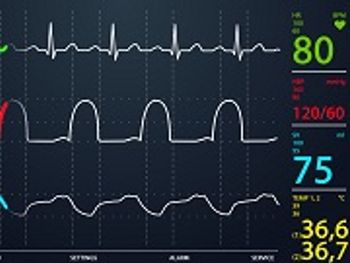
Study examines whether treating systolic blood pressure of more than 120 mmHG reduces the risk of acute decompensated heart failure.
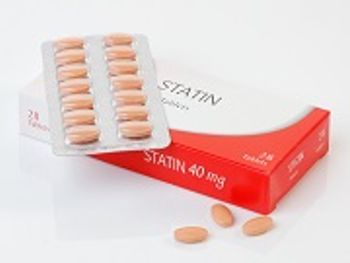
Many patients have low adherence to statins more than 2 years after a heart attack.
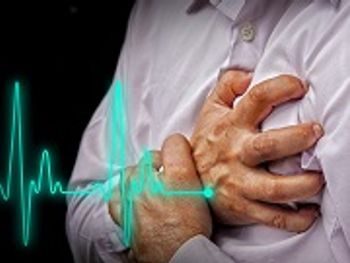
Atrial fibrillation is also more commonly the etiology behind stroke in women than in men.

Stem cell patch observed to reduce heart failure-related hospitalizations.
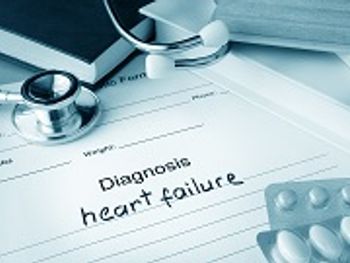
Increasing phosphate binding to a protein receptor could increase cardiac output in patients with heart failure.

ACC/AHA guidelines recommend statin treatment to a greater proportion of African Americans.

Heat failure (HF) caused 1 in 9 deaths in the United States in 2009.
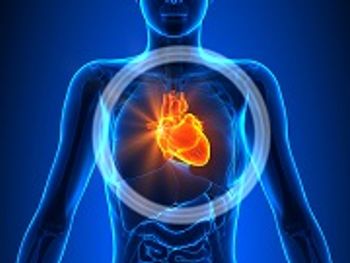
MR-perfusion guided management for stable angina patients is non-inferior compared with invasive angiography and fractional flow reserve.

Overweight individuals with high activity levels not observed to have increased risk of cardiovascular disease.
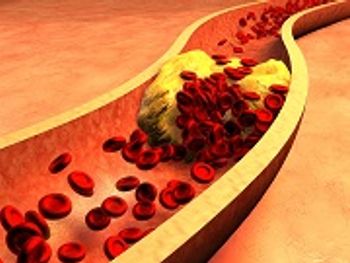
Patients with atrial fibrillation (AFib) have an increased risk of death when they take digoxin, a risk that increases with dosage, a study found.
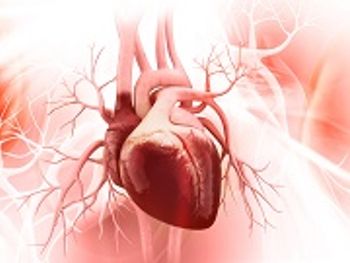
Cardiac resynchronization therapy eligibility significantly decreased under new guidelines.
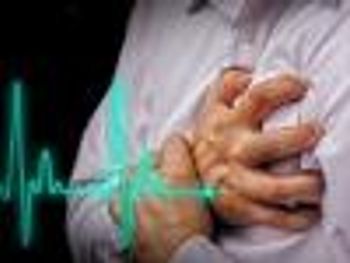
Preliminary trial finds moderate-intensity exercise does not increase adverse events in this patient population.
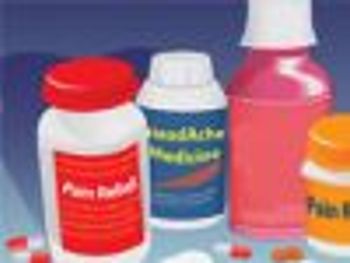
Study compares common treatment options to prevent recurrent venous thromboembolism.
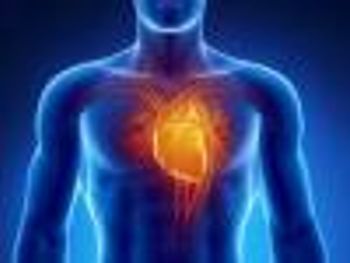
Complications associated with left main bifurcation can impact stent choice.
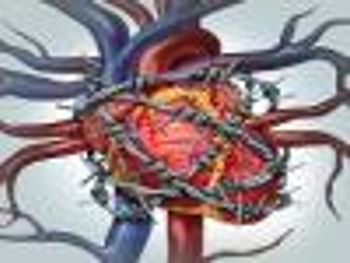
A multi-faceted screening approach could prevent sudden cardiac deaths in young athletes.

Including warning labels may improve healthy eating habits.
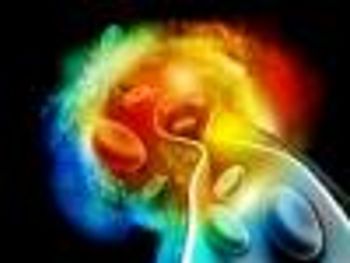
Americans admitted to the hospital for heart failure have a 6% higher risk of dying than patients admitted in the spring.

Treatments have only increased 10% in hospitals nationwide over the past decade.
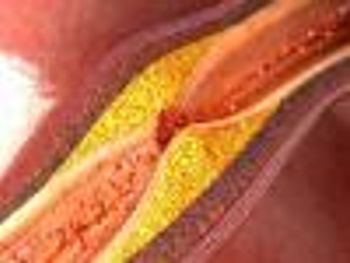
A self-expanding transcatheter aortic valve replacement (TAVR) procedure was just as effective as surgery in intermediate risk patients.
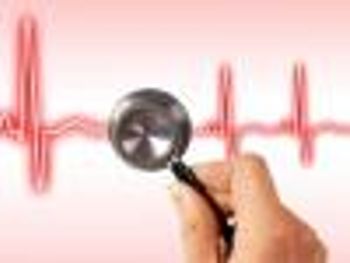
The Patient Navigator Program reduced readmission for heart attack or heart failure patients by 81.3%.

Small case report found an association between the Zika virus and cardiovascular complications.
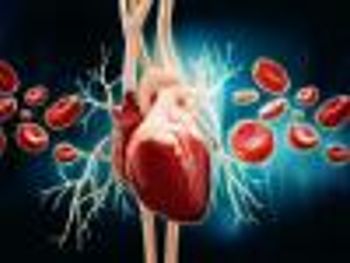
FOURIER trial meets its primary composite endpoint reducing cardiovascular risk factors.
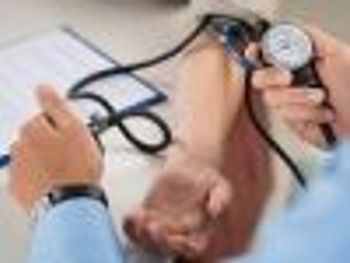
Some high-risk patients have better than expected outcomes due to frequent follow-up by physicians.